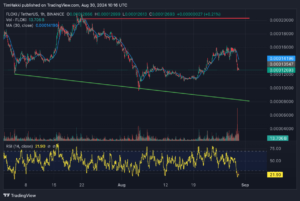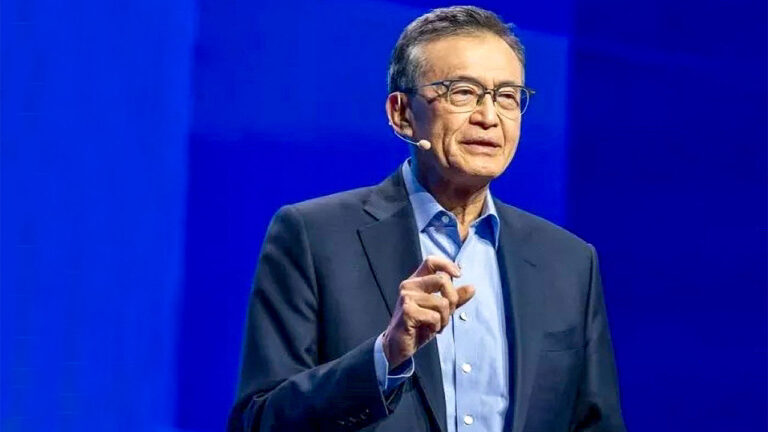Last updated:
 Why Trust Cryptonews
Why Trust Cryptonews

U.S. spot Bitcoin exchange-traded funds (ETFs) saw $71.73 million in net outflows on Thursday, marking the third consecutive day of declines.
BlackRock’s IBIT, the largest spot Bitcoin ETF by net assets, recorded its first net outflows since May 1, with $13.51 million exiting the fund, according to data from SosoValue.
Other major Bitcoin ETFs also experienced outflows.
Grayscale’s GBTC saw $22.68 million withdrawn, while Fidelity’s FBTC registered $31.11 million in outflows.
Bitwise’s BITB and Valkyrie’s BRRR reported outflows of $8.09 million and $1.68 million, respectively.
Ark and 21Shares’ ARKB See Inflows
However, not all funds were in the red; Ark and 21Shares’ ARKB managed to buck the trend with net inflows of $5.34 million.
Trading volumes for the 12 spot Bitcoin ETFs also took a hit, dropping to $1.64 billion on Thursday, down from $2.18 billion the previous day.
Spot Ethereum ETFs mirrored the negative sentiment, with $1.77 million in net outflows on Thursday after a brief period of inflows.
The Grayscale Ethereum Trust (ETHE) led the outflows with $5.35 million, partially offset by net inflows of $3.57 million into the Grayscale Ethereum Mini Trust (ETH).
The remaining seven Ethereum funds saw no movement.
Total trading volume for the nine spot Ethereum ETFs fell to $95.91 million on Thursday, down from $151.57 million on Weednesday.
The net outflows in ETH ETFs came after the funds saw a net inflow of $5.8 million on Wednesday, marking the first positive movement after nine consecutive days of net outflows.
The outflows came as Bitcoin and Ethereum prices saw slight declines, with Bitcoin edging down 0.3% to approximately $58,984 and Ethereum slipping 0.29% to around $2,516.
Spot Ether ETFs Was Expected to Perform Poorly
Ether spot ETFs have struggled with net outflows since their U.S. launch last month, in contrast to spot Bitcoin ETFs, according to a JPMorgan research report released on Wednesday.
Ether ETFs began trading on July 23, approximately six months after the launch of Bitcoin funds.
In the first five weeks following each launch, Ether ETFs experienced around $500 million in net outflows, while Bitcoin ETFs saw inflows exceeding $5 billion, JPMorgan’s analysts noted.
The bank attributed the weak performance of ether ETFs to Bitcoin’s “first mover advantage,” the absence of staking options, and lower liquidity, which made ether ETFs less attractive to institutional investors.
However, what came as a surprise was the $2.5 billion in outflows from Grayscale’s Ethereum Trust (ETHE).
JPMorgan had anticipated about $1 billion in outflows as the trust transitioned from a closed-end fund to a spot ETF.
To mitigate the outflows from ETHE, Grayscale introduced a mini ether ETF, but this fund only managed to attract $200 million in inflows.
JPMorgan’s team, led by Nikolaos Panigirtzoglou, suggested that the weaker demand for Ether ETFs compared to Bitcoin is driving increased interest in a combined ETF offering exposure to both assets.
The report also highlighted that institutional and retail ownership of spot Bitcoin ETFs remained largely unchanged from the first quarter, with retail investors holding about 80%.

















